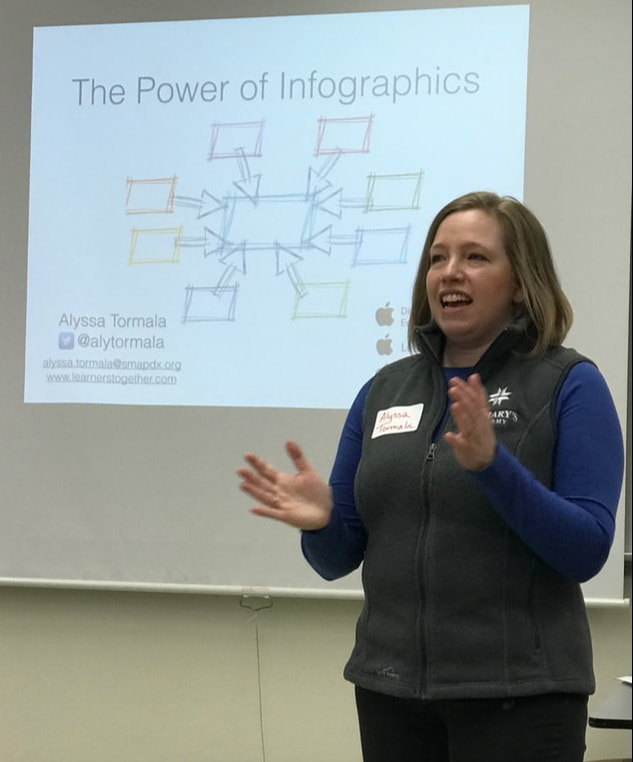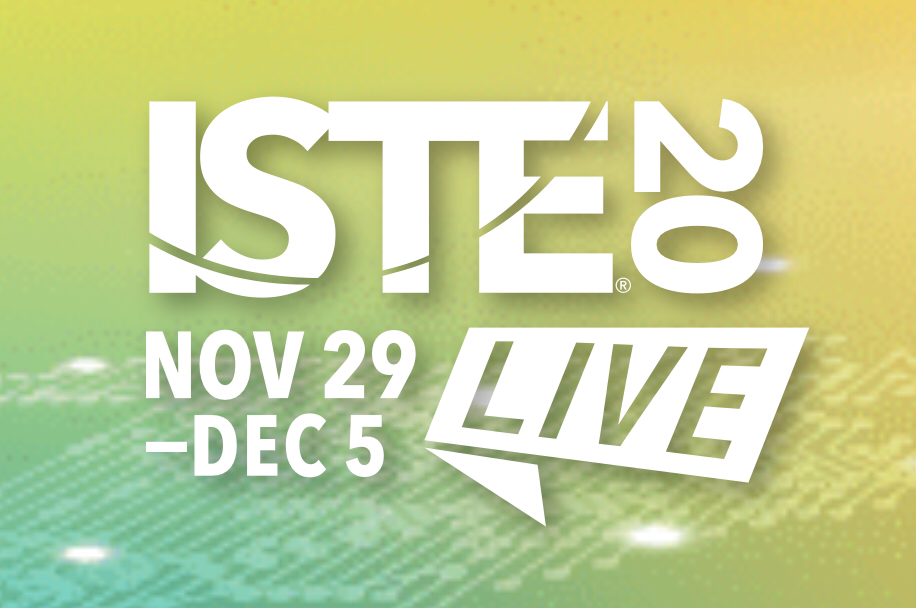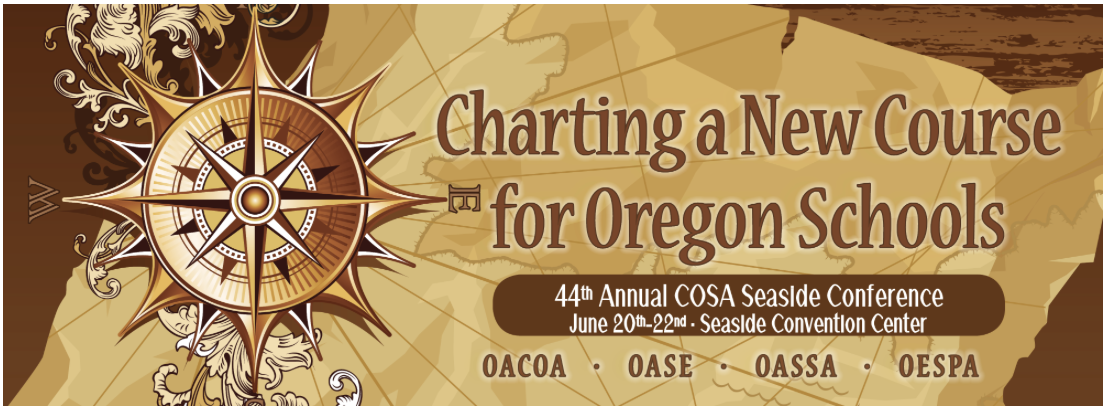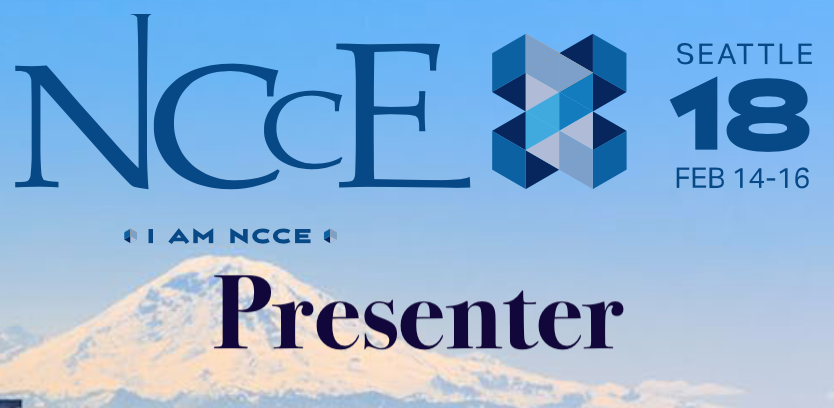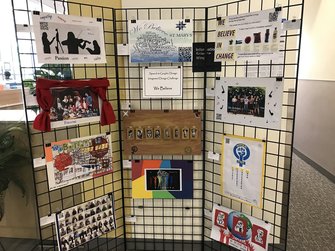 Students' "We Believe" designs were displayed during the last week of school in front of our library. Many of the designs included QR codes sending viewers to videos and other links. Students' "We Believe" designs were displayed during the last week of school in front of our library. Many of the designs included QR codes sending viewers to videos and other links. We did it! I'm still sweating a bit...but I'm still standing. During the last two weeks of the semester, our Speech and Graphic Design students jointly wrestled with interpersonal conflicts, design snafus, confusion over expectations, and deadlines as they worked through their prototyping and testing phases of a joint design challenge. (See my previous post for details about the challenge.) They experienced triumph when design ideas came together, frustration over incomplete work by absent teammates, and satisfaction over final products being displayed. And on the final exam day, they presented what they learned to the full joint class. So what did they learn? I decided to dig a bit deeper with a post-project survey. The results were both satisfying and thought-provoking.
Although many students offered positive feedback and comments about their experiences, a few threads in the feedback will need to be addressed the next time we try a project like this.
But one thread of feedback worries me. Quite a few students expressed frustration over not being given specific expectations for the project--in other words, some of them wanted us to tell them exactly what to do right from the beginning. The inherently messy, uncertain nature of a design process clearly made them feel uncomfortable, and they saw that as negative. This reflects the reduction in resilience and grit that education and youth experts have recently raised as a growing concern (click HERE for a Pinterest board of materials on this subject), and it's one that I have become similarly worried about with regard to my own students. While being able to follow exact parameters and specifications might be easier, it does not prepare them for the astoundingly messy-yet-brilliant experience that is professional life in most fields. Knowing that, I can't help but think we are not serving our students by making their academic experience too predictable. I want students to see a project like this as an opportunity to be creative, outside-the-box solution-finders. But I worry that our society's current systems and parenting styles have made it increasingly difficult for our students to do this. I'm particularly struck by the research of Edward L. Deci and Richard M. Ryan and many others regarding "self-determination theory"--that people are best motivated when they can see themselves gaining competence, acting from autonomy, and finding personal connection to their work. Daniel Pink similarly argues that people are motivated by "mastery, autonomy, and purpose." And the reality is that most of our current "status quo" educational methodologies are not designed to engage the intrinsic motivations of our students. So we fall back on extrinsic motivators like grades. And even those are waning as our students discover and connect with other activities--sometimes benign and sometimes not-- outside school and home. Will I do this again? I hope so. This is my third experience facilitating a design challenge in class, and every time I have worked to reimagine and refine the experience. I never seem to find the perfect recipe, and yet I have come to recognize that teaching is a prime example of the design process at work--so perhaps there is no perfect recipe to find. More importantly, I have learned to thrive on the discomfort that comes from uncertainty. And I believe that my students and colleagues will benefit as a result.
1 Comment
|
Upcoming PresentationsPast
|
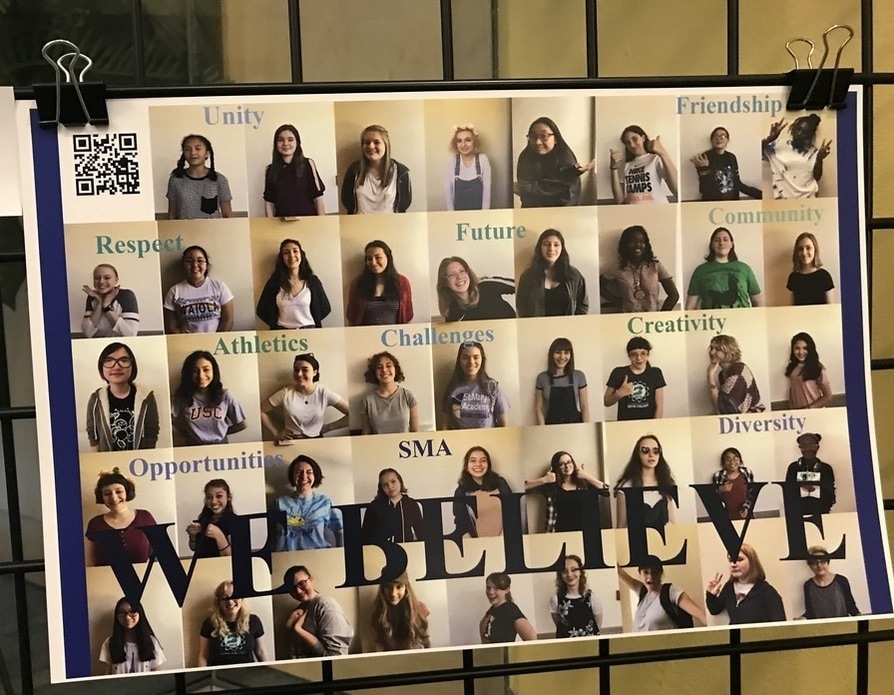
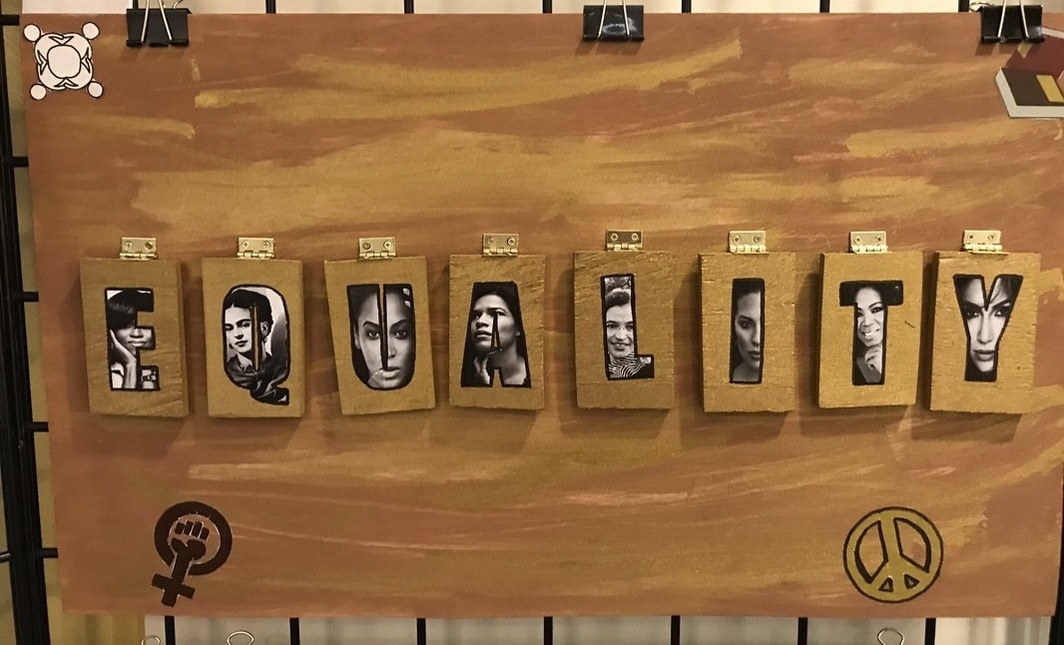
 RSS Feed
RSS Feed
